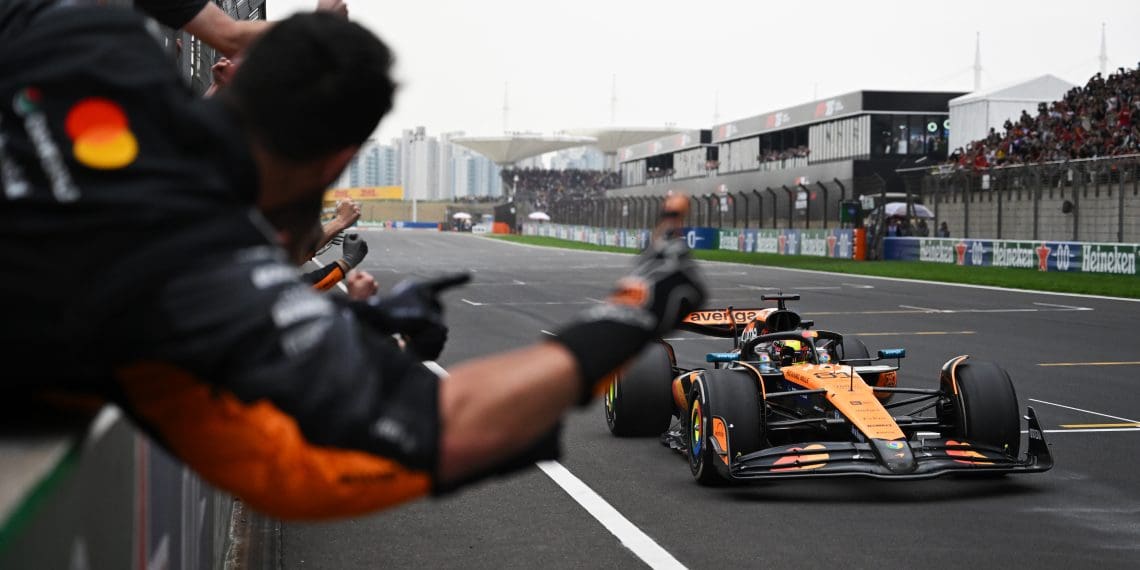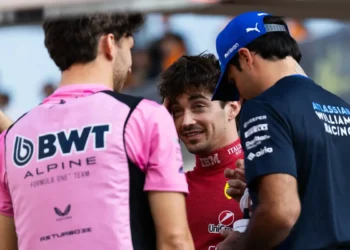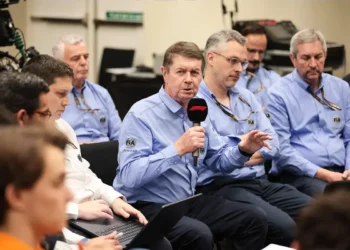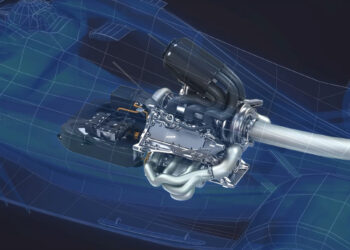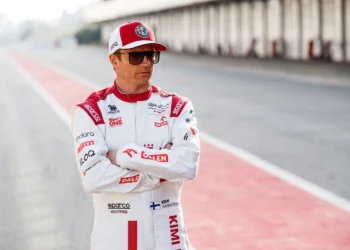McLaren’s Quest for Formula 1 Supremacy: A Rocky Road to Dominance
The 2025 Formula 1 season has seen McLaren racing ahead of the competition, yet the path to absolute dominance is riddled with challenges. Despite a promising start, unforeseen hurdles have kept McLaren from fully capitalizing on their potential.
The Australian Grand Prix was nearly a stellar showcase for McLaren, only thwarted by unpredictable weather and Oscar Piastri’s untimely mishap, denying them a 1-2 finish. However, the subsequent Chinese Grand Prix weekend exposed cracks in their armor, as execution faltered amidst competitive pressures.
The Shanghai sprint format initially hampered McLaren’s strategy, placing them behind in both qualifying and the sprint race as Ferrari seized the opportunity. Yet, post-sprint adjustments on Saturday enabled Piastri to clinch pole position, albeit with a narrower margin than anticipated.
Despite a seemingly straightforward race, Lando Norris’s brake issues hinted at underlying vulnerabilities. Observers speculate that McLaren’s true strength might be veiled, leaving competitors wary of the MCL39’s capabilities.
What Exactly is Holding McLaren Back?
McLaren’s inability to widen the gap over rivals has sparked curiosity. George Russell’s Mercedes finished a mere 11 seconds behind Piastri, raising questions about McLaren’s untapped potential. Andrea Stella, the team principal, admitted that the MCL39 struggles under certain conditions, particularly with fresh tires, which contributed to Norris’s qualifying errors.
The sprint weekend format in China was particularly unsettling for McLaren, disrupting their usual preparation routine. Last-minute adjustments were imperative to address tire behavior and car balance issues, as Stella explained. By enhancing the car’s aerodynamic load while maintaining their rear wing configuration from Australia, McLaren managed to regain some ground, reducing the tire graining seen earlier.
The Impact of FIA’s New Regulations
A significant talking point has been the FIA’s clampdown on rear wing flexibility, which may have impacted McLaren’s straight-line performance. The stricter regulations, introduced at the Chinese Grand Prix, enforced a maximum deflection limit that McLaren had to comply with.
Despite McLaren’s denial of any necessary changes to pass these tests, the data from Shanghai indicated a noticeable drop in their speed on the straights. Norris’s top speed was 332.7 km/h, significantly slower than Red Bull’s Max Verstappen at 339.6 km/h, suggesting possible drag reduction compromises.
The FIA’s rear wing tests in Australia revealed that several teams, including McLaren, might not have met the new compliance standards without adjustments. Nikolas Tombazis, FIA’s single-seater director, confirmed that some teams had to take corrective measures ahead of the Chinese GP.
Continued Struggles and Future Prospects
McLaren’s ongoing battle with aerodynamic turbulence is reminiscent of last year’s challenges. Piastri’s famous remark, “clean air is king,” remains true for the MCL39. Stella acknowledged the team’s non-dominance in China, both in qualifying and the race, leaving room for introspection.
As McLaren heads to Suzuka, the stakes are high. The Japanese track will serve as a litmus test, revealing whether McLaren can truly establish itself as the frontrunner in the 2025 Formula 1 season. The world watches as McLaren aims to translate potential into unassailable dominance.

